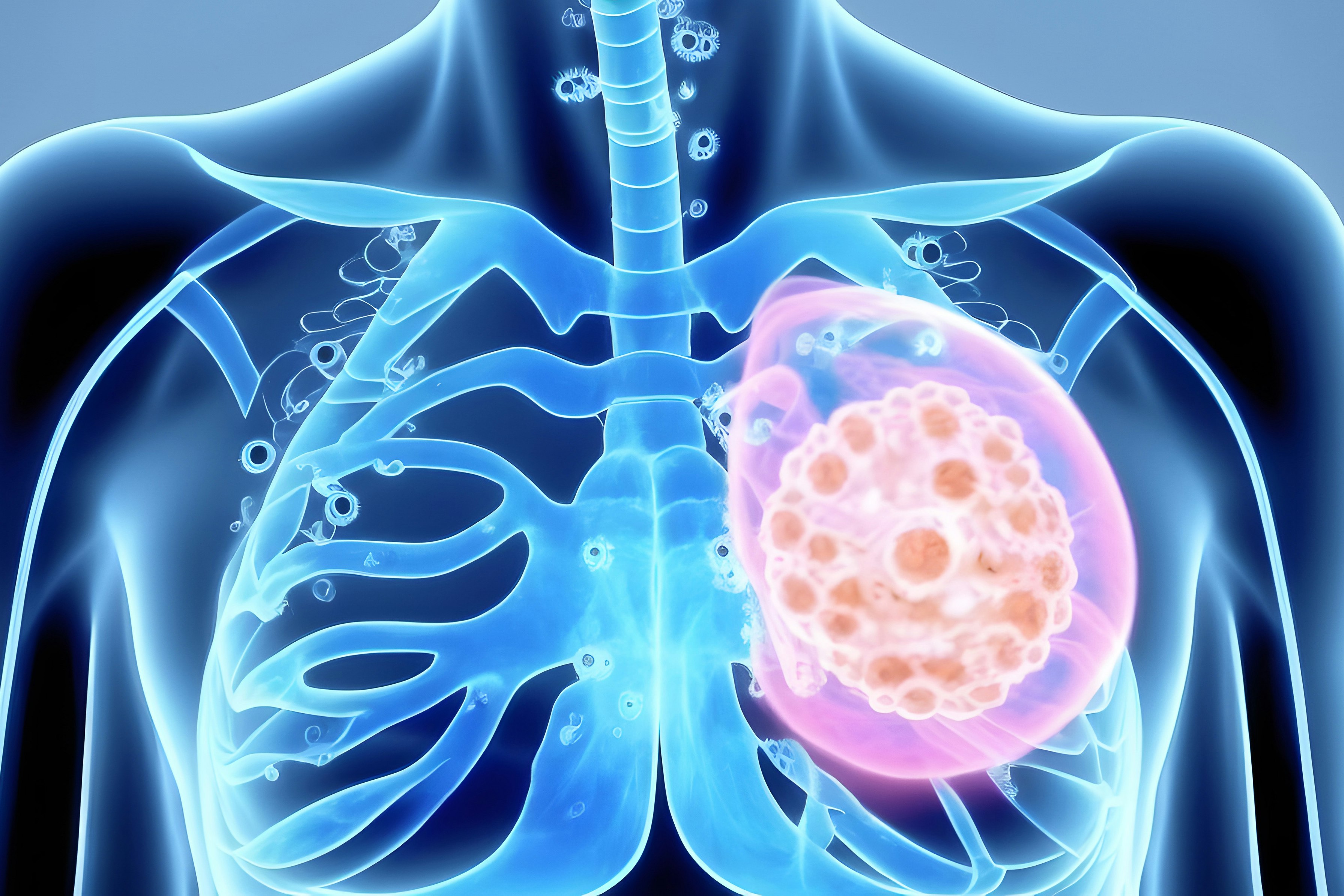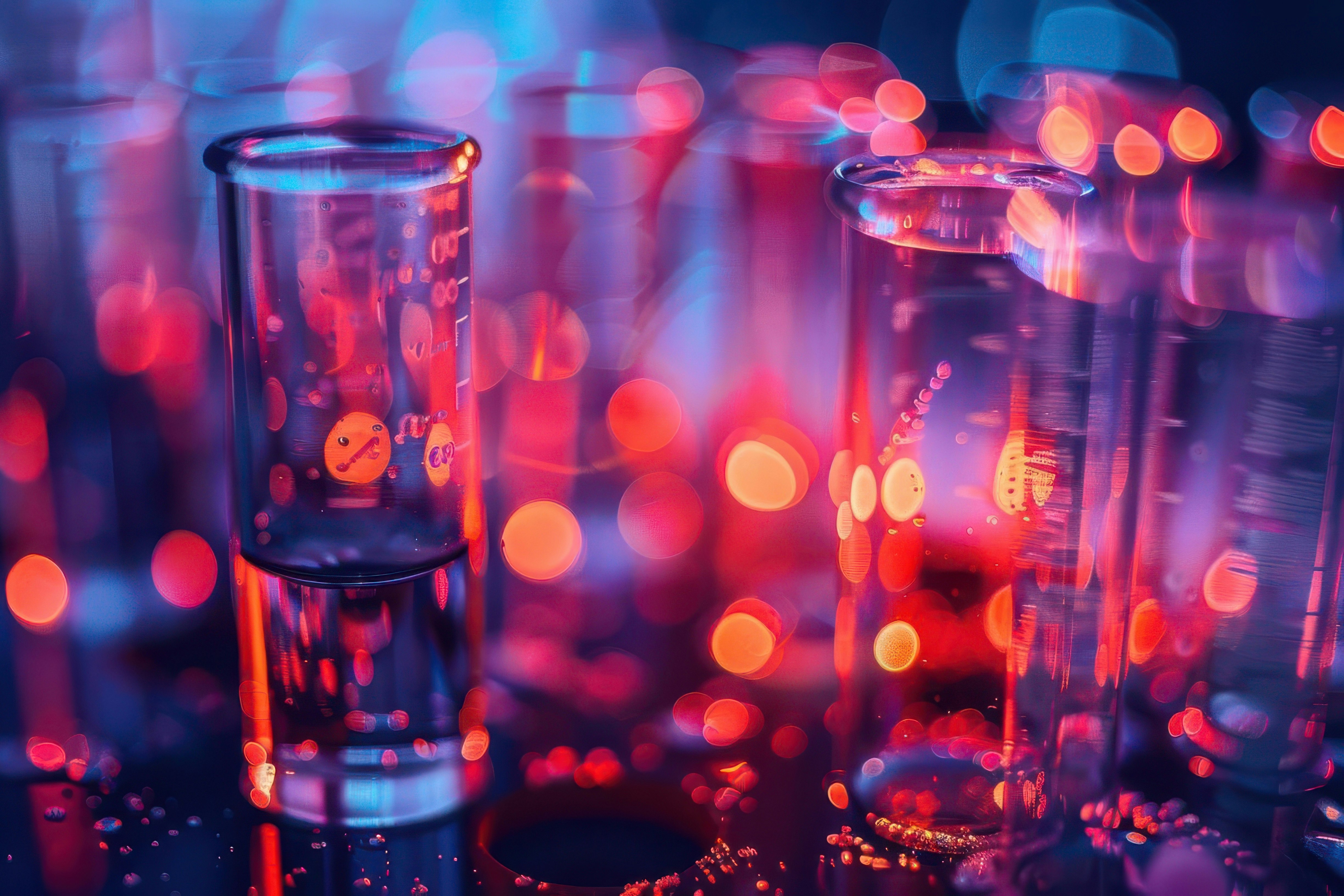Post-translational modifications (PTMs) are chemical changes that proteins undergo after they are produced in cells, affecting their structure and function. PTMs, such as glycosylation, phosphorylation, and disulfide bond formation, influence the stability, activity, and interactions of proteins.
Understanding and controlling PTMs is critical for the biotherapeutic industry. PTMs not only enhance the effectiveness of therapeutic proteins such as antibodies, vaccines, and growth factors, but also ensure the stability, safety, and consistency of these therapeutic products[1,2]. Conversely, batch-to-batch variations in PTMs can reduce therapeutic efficacy or contribute to unwanted immune reactions in patients.
However, mapping PTM profiles, especially at manufacturing scales, is complex and challenging. There are hundreds of known PTMs, and they can vary based on the cell type used for production and the conditions in which they are grown[3,4].
What are PTMs?
PTMs are covalent processing events in the cell that alter protein properties by adding or removing functional groups, changing the protein's activity, localization, stability, and interactions (Figure 1; Table 1). The most frequently modified amino acids are serine, threonine, tyrosine, aspartate, asparagine, lysine, arginine, and cysteine, which have hydroxy, amino, or thiol side chains[5].

Figure 1.

Table 1. Example Post-Translational Modifications (PTMs)
Some PTMs can be reversed, like phosphorylation, while others, such as proteolysis, are permanent. Most PTMs have a clear function and are added to proteins through specific enzyme-driven processes. However, some modifications, like the oxidation of certain amino acids or the deamidation of others, occur without enzymes.
PTMs in biopharmaceutical manufacturing
Not all post-translational modifications (PTMs) are relevant to therapeutic proteins. Most biopharmaceuticals are modified versions of natural extracellular proteins. While PTMs like acetylation and phosphorylation regulate internal cellular processes, they are less common in biopharmaceuticals[1]. Key PTMs in this field include glycosylation, proteolytic processing, and disulfide bond formation, which are crucial for the biological activity of many therapeutic proteins.
Glycosylation
Up to half of all human proteins are glycosylated, a PTM that helps proteins fold correctly, directs them to their final destinations, and is crucial for binding to other molecules and triggering biological responses[8]. For example, glycosylation affects the threshold for activating T-cell receptors (TCRs). (Figure 2)[9]. Here, N-glycan branching on the ab TCRs, mediated by the GnT5 glycosyltransferase, reduces TCR activation by increasing the aforementioned threshold. Glycosylation also affects the structure and activity of human insulin[10]. Therefore, it is unsurprising that glycosylation is also one of the most complex and essential PTMs for therapeutic proteins.

Figure 2.
For instance, therapeutic antibodies depend on it for functions like immune response activation. Additionally, glycosylation prevents proteins from aggregating and helps regulate how long they stay in the bloodstream.
Disulfide bond formation
Disulfide bond formation is a crucial PTM for many native and therapeutic proteins. These bonds help stabilize proteins by creating strong links between different parts of the molecule, which is especially important for proteins secreted outside the cell. Disulfide bonds also play a critical role in protein folding, affecting the stability of monoclonal antibodies (Figure 3)[11].

Figure 3.
Inside the cell, disulfide bonds are generally unstable due to the reducing environment. Many therapeutic proteins, such as insulin, rely on disulfide bonds for their structural integrity and proper function[10].
Amidation and sulfation
Amidation is a crucial PTM for biotherapeutic peptides like vasopressin, oxytocin, and calcitonin, where the carboxyl group at the end of the protein is replaced with an amide group. This modification, though not fully understood, likely enhances peptide stability and activity[12]. For example, recombinant salmon calcitonin, used for treating Paget's disease, is amidated during processing to achieve therapeutic effectiveness[13].
Sulfation, another important PTM, involves adding a sulfate group to tyrosine residues. It’s common in secretory and membrane proteins. In biotherapeutics, sulfation can influence protein interactions and stability. For instance, sulfated hirudin binds more tightly to thrombin, enhancing its anticoagulant properties. Blood factors like VIII and IX are also naturally sulfated, but recombinant versions with lower sulfation levels still function effectively in treatments[14].
When producing proteins, several considerations must be put into mind when synthesizing proteins with PTMs as a biotherapeutic.
- Safety and effectiveness of PTM profiles:
The PTM profile of a recombinant biopharmaceutical often differs from its natural counterpart due to production and purification changes. Exact replication of natural PTM patterns isn't necessary; what matters is that clinical trials confirm the product's safety and effectiveness, and that manufacturing processes yield consistent PTM profiles[15]. - Cell line selection:
The type of cell line used significantly impacts a protein's PTM profile[8]. For example, proteins made in E. coli lack glycosylation, while those produced in yeast have sugar chains that can shorten their half-life. Plant-based systems might add immunogenic sugar molecules[16]. Mammalian cell lines like CHO are preferred because they perform human-like PTMs, ensuring therapeutic properties[17]. - Optimizing production conditions:
Production conditions such as temperature, growth rate, and media composition also affect PTMs, as do downstream processing and final product formulation. These factors highlight the complexity of producing consistent and effective biopharmaceuticals.
In summary, creating proteins with appropriate PTM profiles is critical for their function, stability, and efficacy, but it presents several challenges. Scalability is difficult, as maintaining PTM profiles in large-scale production requires sophisticated engineering[1]. Ensuring consistency and regulatory compliance is complex, demanding precise control and thorough documentation, while high costs of chemical synthesis further complicate production[18].
Advances in cell-free protein synthesis technologies
Most biopharmaceuticals are produced using cell-based systems like Chinese hamster ovary (CHO) cells or E. coli fermentations. However, cell-free protein synthesis (CFPS) technologies bypass the need for living cells, offering several advantages.
Without cell walls, CFPS allows direct control of protein synthesis, efficient folding, and necessary post-translational modifications. Conditions can be precisely tailored for each product, avoiding the energy and resource costs of maintaining cell viability[19].
Despite this potential, bacterial CFPS systems often face challenges with incorrect protein folding and insufficient PTMs. To address this, researchers are now using more advanced CFPS systems with eukaryotic organisms like yeast, insect, CHO, and human cells to ensure proper protein folding and PTMs[20].
Recent advances in producing proteins with PTMs such as disulfide bonds in CFPS systems spark hope for the future of such technologies in manufacturing settings.
- Disulfide bonds:
In CFPS systems, redox conditions can be finely tuned to promote disulfide bond formation. Chaperones and disulfide isomerases, which aid in protein folding and bond formation, can be added in precise amounts[20]. This control allows researchers to optimize conditions for producing proteins with specific disulfide bond patterns. Additionally, CFPS systems facilitate high-throughput approaches, enabling the creation of large protein libraries with diverse disulfide bond patterns. - Glycosylation:
Researchers have developed bacterial CFPS systems for generating glycopeptides. They enriched E. coli cell extract with glycosyltransferase and a sugar substrate, enabling "one-pot" glycoprotein synthesis[21]. This system allowed precise glycosylation of proteins, like antibodies, without extra supplements and was ten times more cost-effective than commercial systems. - Phosphorylation:
Researchers have also demonstrated the potential for site-specific incorporation of phosphoserine into proteins using an E. coli-based CFPS system[22]. They produced phosphorylated MEK1 in milligram quantities, successfully testing its activity in a signaling cascade. This advancement highlights CFPS as a high-yield platform for producing phosphorylated proteins.
While significant progress has been made in investigating various PTMs in CFPS systems, several challenges remain to achieve scientific and industrial goals. These challenges often arise from resource competition and limited PTM efficiency within the CFPS environment[24]. Precise calculations and computer-aided simulations will be essential for achieving accurate PTMs and high productivity.
Continued optimization and development of CFPS systems are crucial to ensuring the functional activity of target proteins[23]. As scientists enhance and expand the PTM capabilities of CFPS, we can expect substantial contributions to the biomanufacturing industry and synthetic biology research.
Work with us
The Tierra Protein Platform revolutionizes scientific discovery by offering a fully integrated, AI-enhanced system that accelerates protein synthesis. Tierra’s proprietary technology provides seamless access to a broad spectrum of proteins, employs cell-free expression systems, and streamlines the identification of potential hits through automation, high-throughput techniques, and advanced computational analysis.
Unlock the full potential of your research—input your protein sequences into our easy-to-use ordering platform or contact us to discover how our tailored protein production solutions can accelerate your projects. Visit our ordering platform or contact Tierra Biosciences today to learn how our platform and expert guidance can drive the success of your programs.




